Wasserstoff und Erdgas (vor allem Methan) haben einige Gemeinsamkeiten bei den Verdichtungssystemen, aber ihre unterschiedlichen physikalischen und chemischen Eigenschaften erfordern grundlegend unterschiedliche Konstruktionen. Das Verständnis dieser Unterschiede ist für Ingenieure, Hersteller und Energiewendeprojekte von entscheidender Bedeutung.
1. Molekulare Größe und Leckdynamik
Wasserstoffmoleküle sind winzig (~2,02 g/mol) im Vergleich zu Methan (~16 g/mol), wodurch Wasserstoff viel anfälliger für Leckagen ist. Kompressionssysteme für Wasserstoff müssen Folgendes verwenden hochintegrierte Dichtungen und spezielle Ventil- und Dichtungsmaterialien um das Entweichen mikroskopisch kleiner Gase zu verhindern
 2. Höhere Schallgeschwindigkeit und Pulsationswirkung
2. Höhere Schallgeschwindigkeit und Pulsationswirkung
Die geringe Dichte und das niedrige Molekulargewicht des Wasserstoffs führen dazu, dass viel höhere SchallgeschwindigkeitErhöhung der Druckwellenfrequenz um das bis zu 3-4fache im Vergleich zu Erdgas . Dieser Wandel erfordert eine Neugestaltung der Pulsationsflaschen und Dämpfer um Resonanzprobleme und Schwingungsausfälle zu vermeiden.
3. Extreme Druckverhältnisse und mehrstufige Verdichtung
Um Speicherdrücke (z. B. 350-700 bar) zu erreichen, müssen Wasserstoffkompressoren bei höhere Spitzengeschwindigkeiten oder in zusätzliche Stufen im Vergleich zu Erdgassystemen, die in der Regel niedrigere Druckverhältnisse aufweisen . Dies wirkt sich auf die mechanische Konstruktion und die rotierende Montage aus.
4. Materialversprödung und Sicherheitsprotokolle
Wasserstoff kann Metalle durchdringen und schwächen - ein Phänomen, das als Wasserstoffversprödung-...was zu strukturellem Versagen führt . Außerdem ist Wasserstoff hochentzündlich über einen weiten Bereich von Luftgemischen und hat eine sehr niedrige Zündenergie, was eine strenge Materialauswahl und Sicherheitskonzepte erfordert.
5. Ölfreie & saubere Kompression
Wasserstoff für die Kraftstoff- und Energienutzung muss ölfreida Verunreinigungen die Brennstoffzellensysteme beschädigen können. Wasserstoffkompressoren verwenden in der Regel trockene, ölfreie Hubkolben- oder Membranausführungenim Gegensatz zu vielen Erdgaskompressoren, die geschmierte Rotations- oder Schraubenkompressoren verwenden können .
6. Anpassung von Steuerung und Telemetrie
Wasserstoffsysteme als Hebel Echtzeit-Überwachung und erweiterte Kontrollen zur Überwachung von Temperatur, Leckagen und Schaufelgeschwindigkeit - dies ist unter Hochrisikobedingungen entscheidend. Bei Erdgassystemen hingegen ist aufgrund der geringeren Schallgeschwindigkeiten und Leckage-Risiken in der Regel eine geringere Echtzeit-Empfindlichkeit erforderlich.
Vergleich Zusammenfassung
| Merkmal | Erdgas-Kompressor | Wasserstoff-Kompressor |
|---|---|---|
| Molekulargewicht | ~16 g/mol | ~2 g/mol |
| Risiko von Leckagen | Mäßig | Hoch (mikroskopische Durchlässigkeit) |
| Frequenz der Pulsation | Typisch | 3-4× höher (Designauswirkungen) |
| Druckverhältnis & Stufen | Moderate Drücke (~20-100 bar) | Höchste Drücke (350-700 bar) durch mehrstufige |
| Material und Versprödungsrisiko | Unter | Hoch (spezielle Legierungsanforderungen) |
| Schmierung | Geschmierte Dreh-/Kolbenstangen typisch | Ölfrei, Membrane oder Trockenkolben |
Während Wasserstoff- und Erdgaskompression die gleichen allgemeinen Prinzipien haben, erfordern die einzigartigen Eigenschaften von Wasserstoff - winzige Moleküle, hohe Schallgeschwindigkeit, Versprödungsgefahr, Entflammbarkeit und Reinheitsanforderungen - eine spezialisierte Kompressorkonstruktionen, Präzisionswerkstoffeund strenge Sicherheitskontrollen. Diese Unterschiede sind von entscheidender Bedeutung für die Gestaltung, Zertifizierung und den Einsatz der Wasserstoffinfrastruktur.
KEEPWIN-Lösungen
KEEPWIN liefert maßgeschneiderte Wasserstoffkompressionslösungen mit ölfreien, leckdichten Konstruktionen, hochwertigen Legierungen, fortschrittlicher Pulsationsdämpfung und vollständiger Instrumentierung für die Sicherheit, einschließlich SCADA-Integration und Zustandsüberwachung. Unsere Systeme gewährleisten zuverlässige, saubere und sichere Handhabung von Wasserstoff.

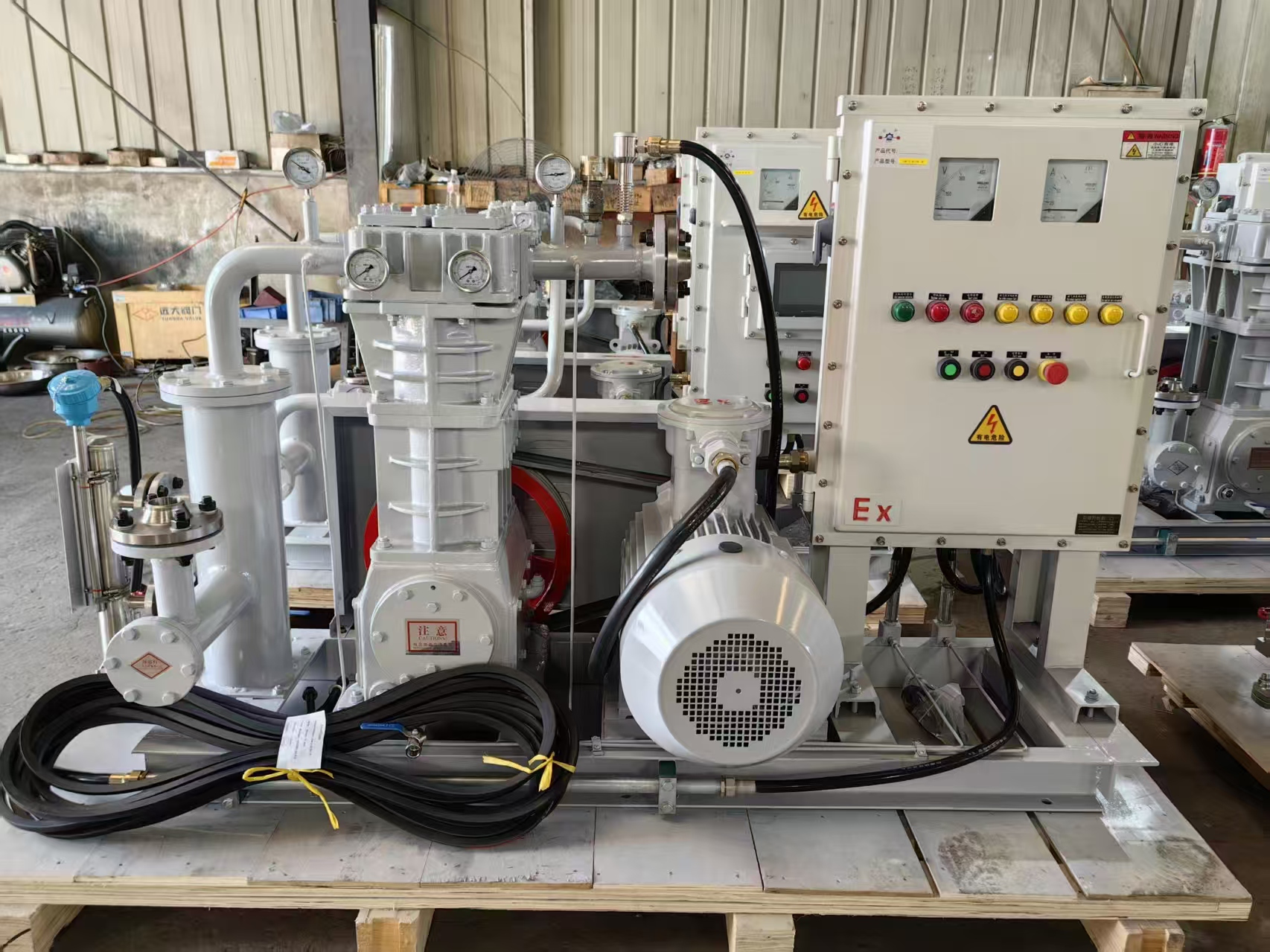
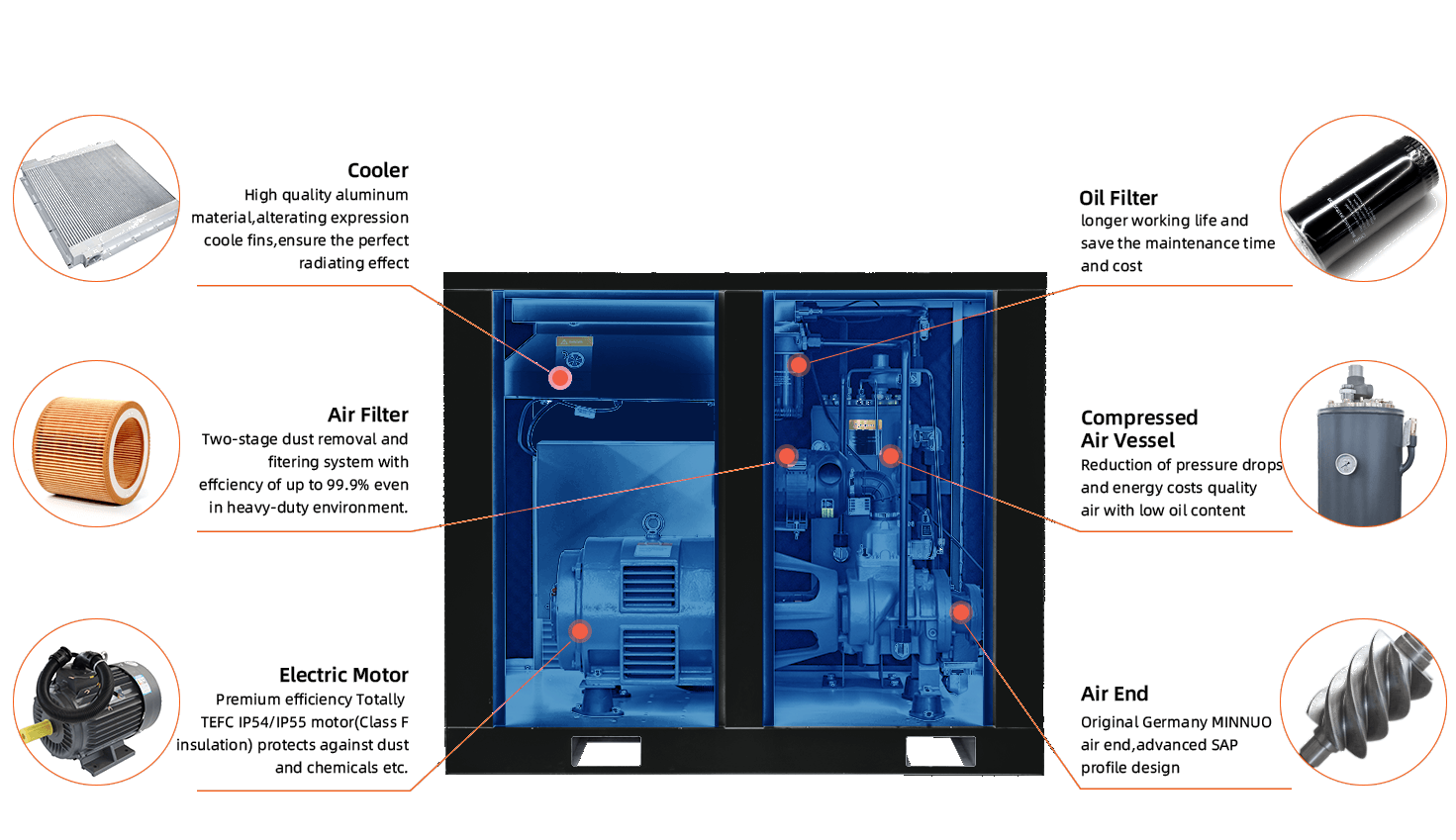
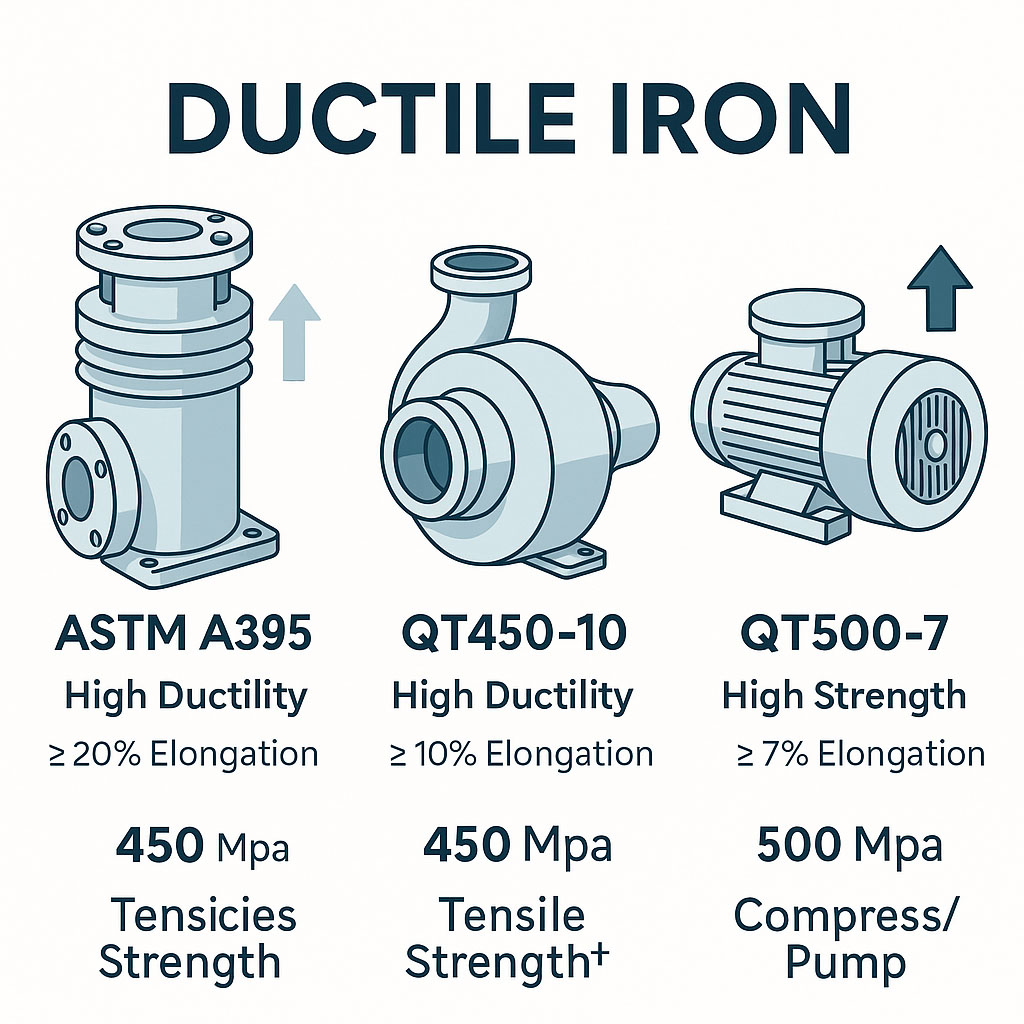






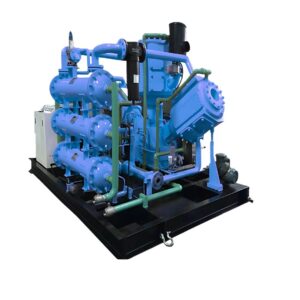
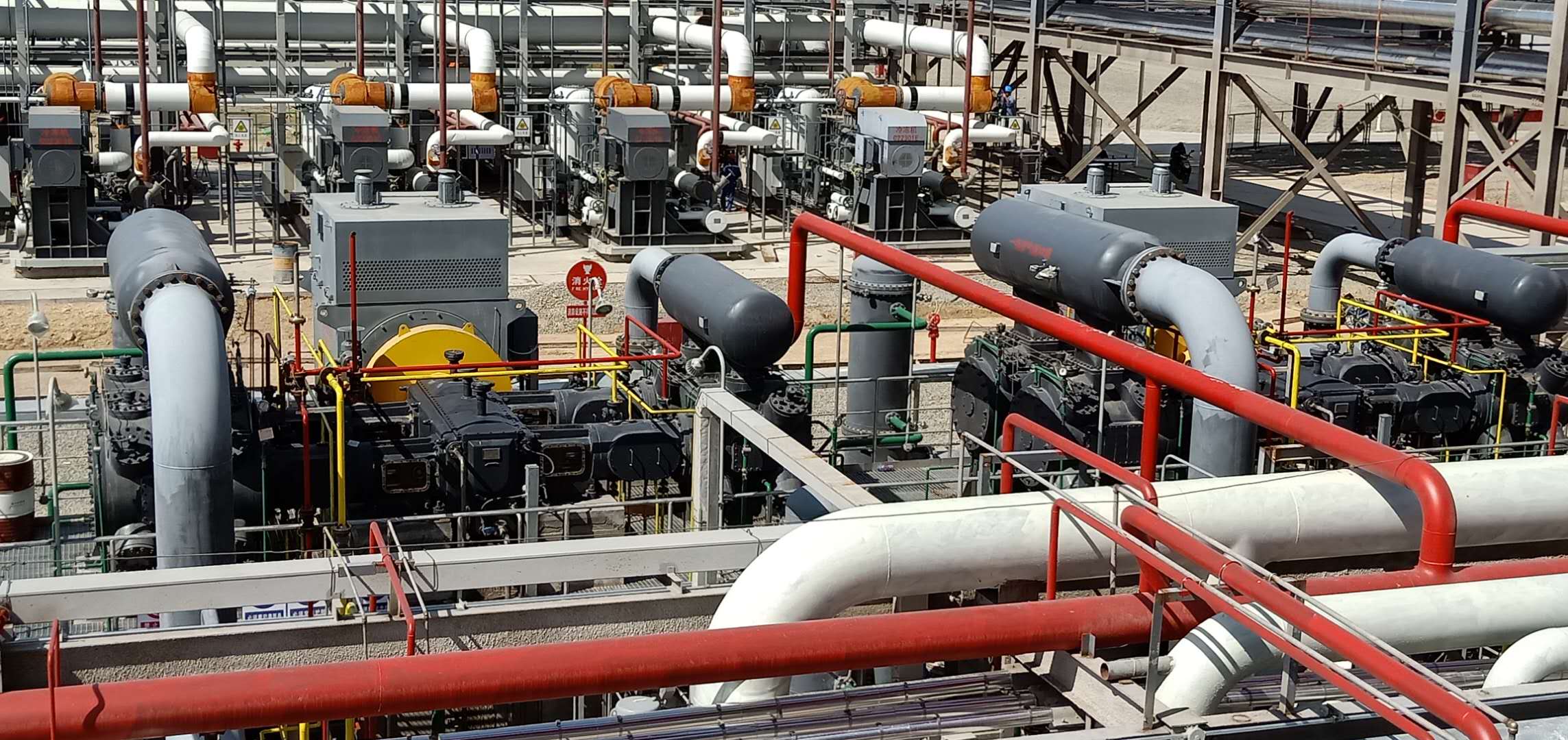 2. Höhere Schallgeschwindigkeit und Pulsationswirkung
2. Höhere Schallgeschwindigkeit und Pulsationswirkung